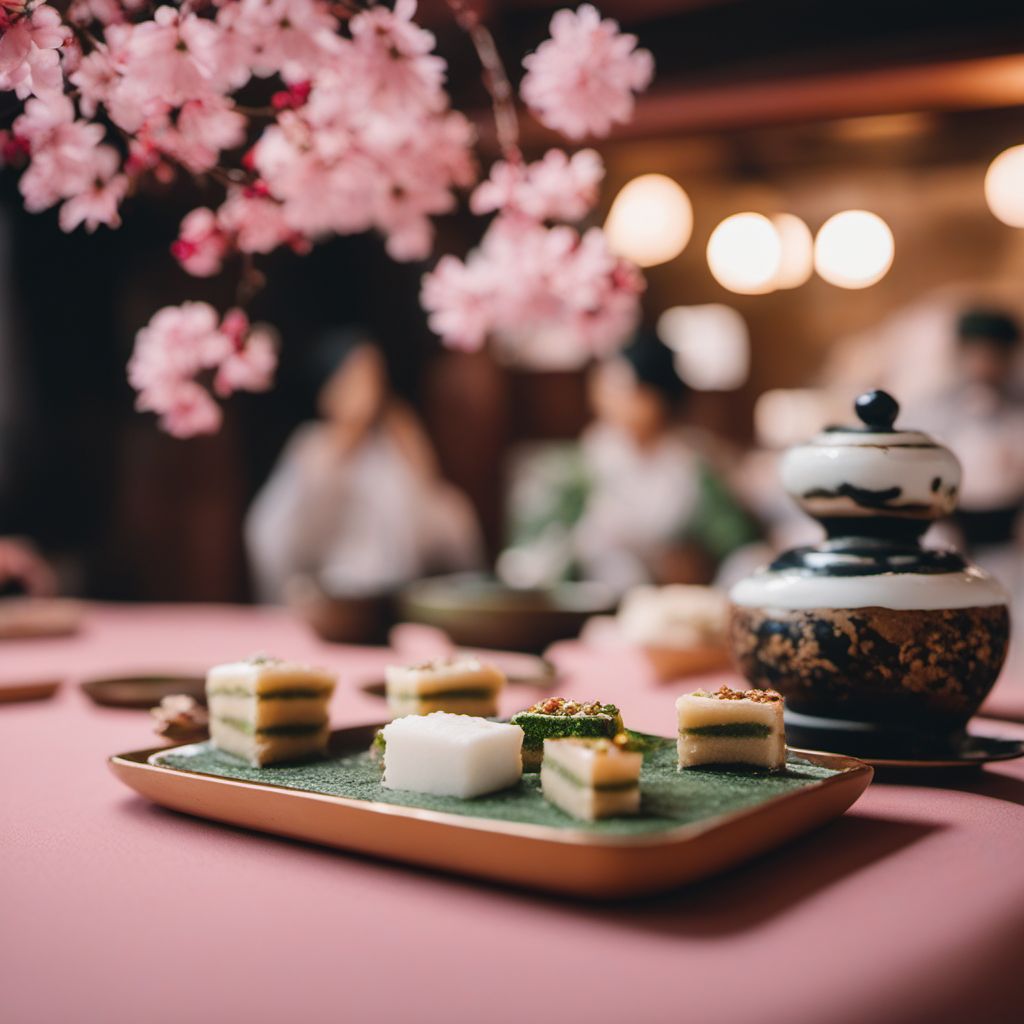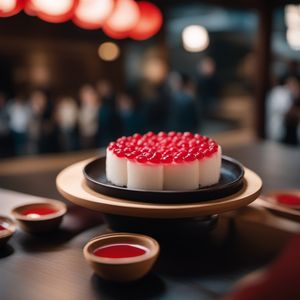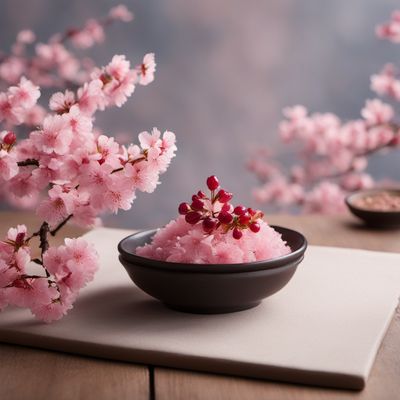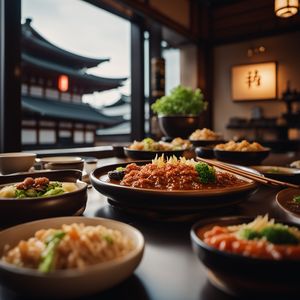
Dish
Sakuramochi
Sakuramochi is made by mixing sweet rice flour, sugar, and water together to form a dough. The dough is then molded into small balls and filled with sweet red bean paste. The finished mochi is then wrapped in a cherry blossom leaf, which gives it a subtle floral flavor and a beautiful pink color. Sakuramochi is often served during the springtime, when cherry blossoms are in bloom.
Origins and history
Sakuramochi has been a part of Japanese culture for centuries and is often associated with the springtime and cherry blossom festivals. The dessert is believed to have originated in the Kansai region of Japan and was originally made with salted cherry leaves instead of fresh ones.
Dietary considerations
Sakuramochi is gluten-free and vegan, making it a great option for those with dietary restrictions. However, it is high in sugar and should be consumed in moderation.
Variations
There are many variations of sakuramochi, with different fillings and flavors being popular in different regions of Japan. Some sakuramochi is also flavored with ingredients like matcha or yuzu.
Presentation and garnishing
Sakuramochi is typically presented on a small plate or tray, with each piece arranged in a decorative pattern. The mochi is often garnished with edible cherry blossoms or gold leaf to add a touch of elegance.
Tips & Tricks
To make sakuramochi at home, you will need fresh cherry blossom leaves, which can be found at specialty Asian markets or online. You can also experiment with different fillings, such as sweetened chestnut paste or strawberry jam.
Side-dishes
Sakuramochi is often served alongside other traditional Japanese sweets, such as dango or wagashi. It can also be enjoyed on its own as a sweet snack or dessert.
Drink pairings
Sakuramochi pairs well with hot beverages like green tea or coffee, as well as sweet wines like Moscato or Riesling.
Delicious Sakuramochi recipes
More dishes from this category... Browse all »

Aamras
Indian cuisine

Aasmi
Indian cuisine

Agra petha
Indian cuisine

Aiyùbīng
Taiwanese cuisine

Ajdnek
Slovenian cuisine

Akafuku
Japanese cuisine

Akanés
Greek cuisine

Akumaki
Japanese cuisine




